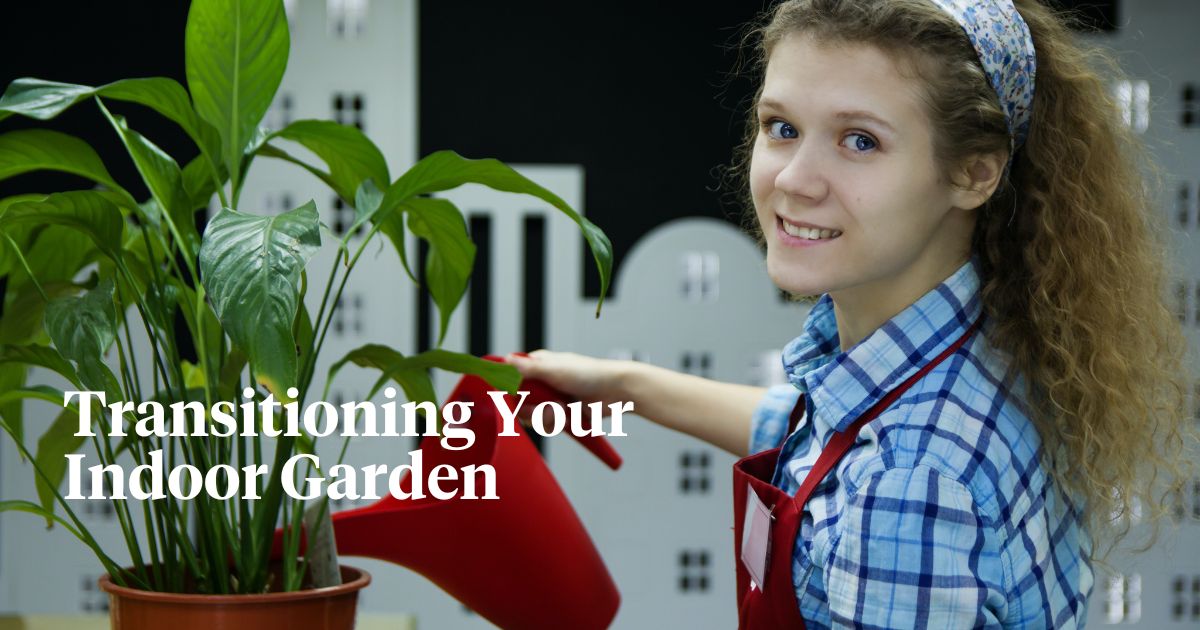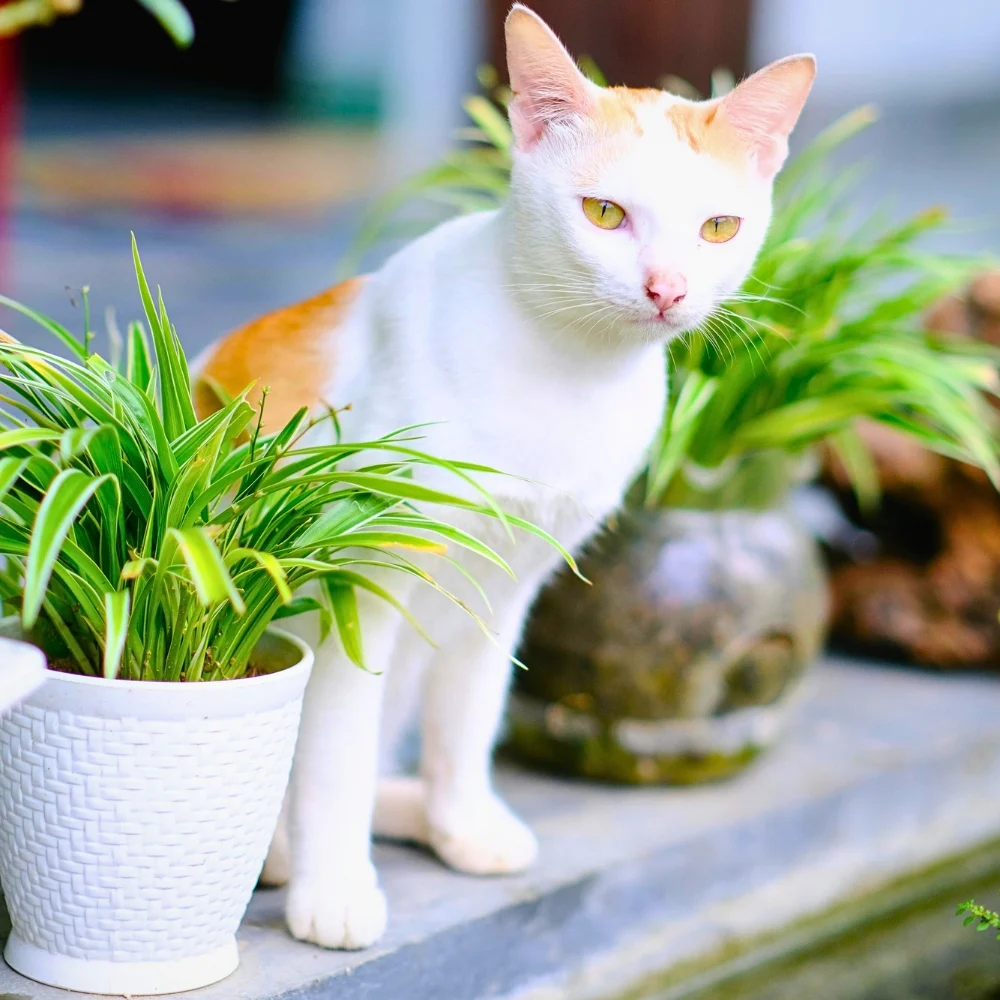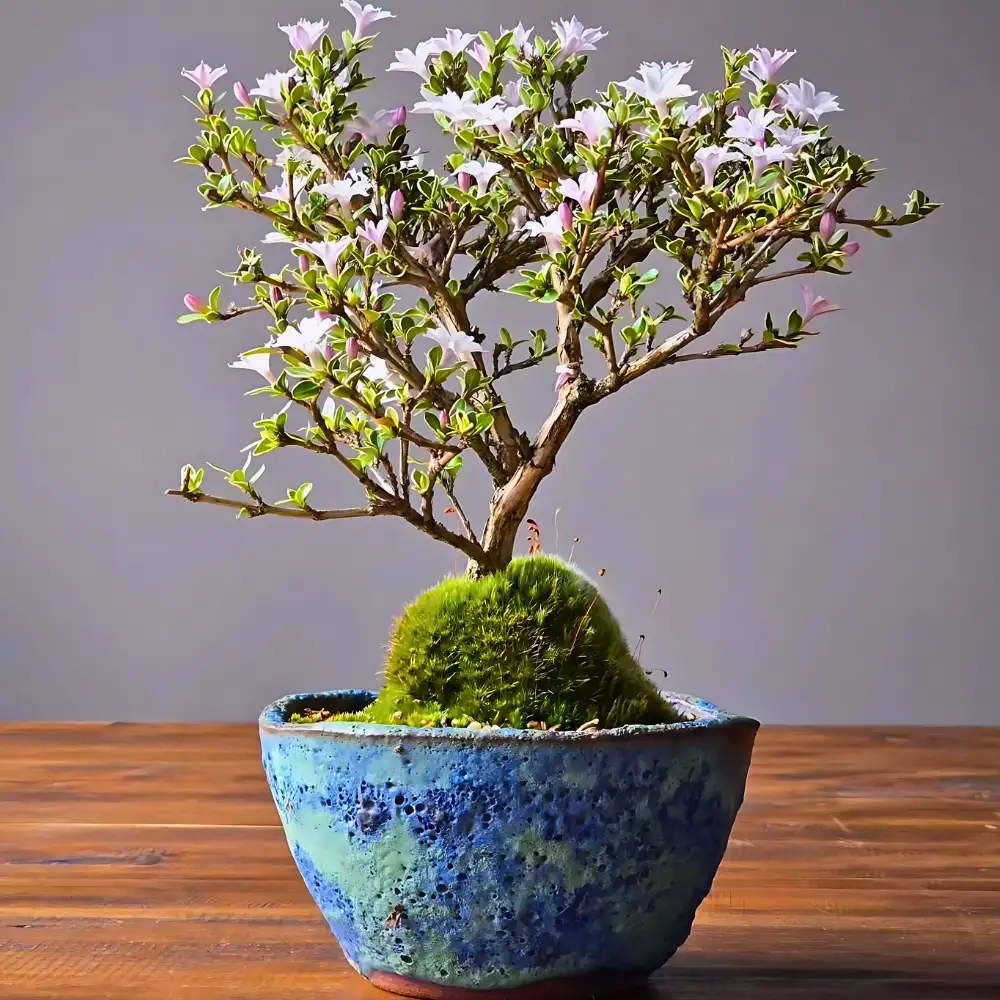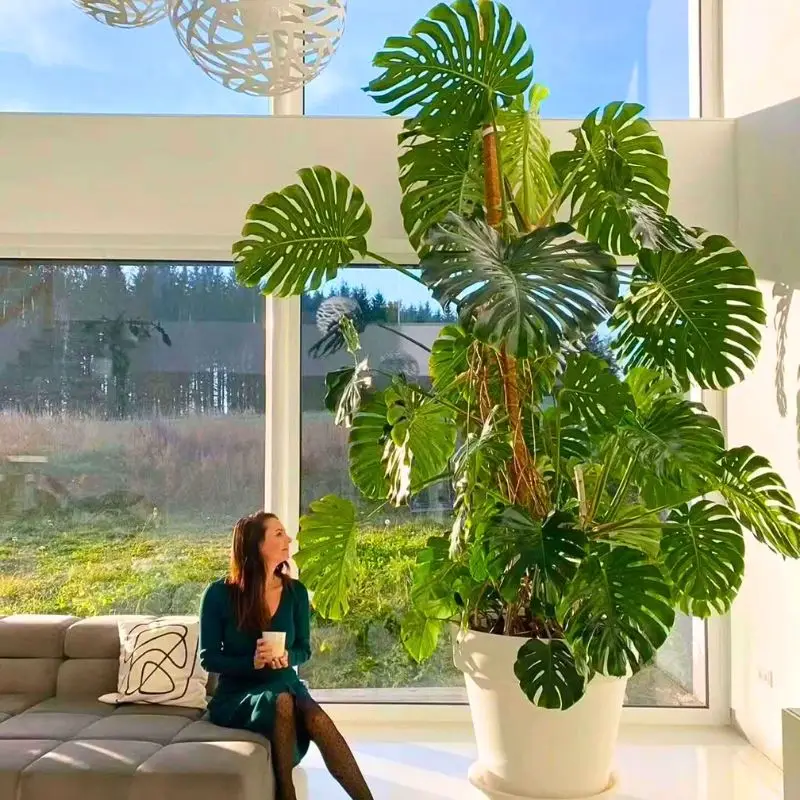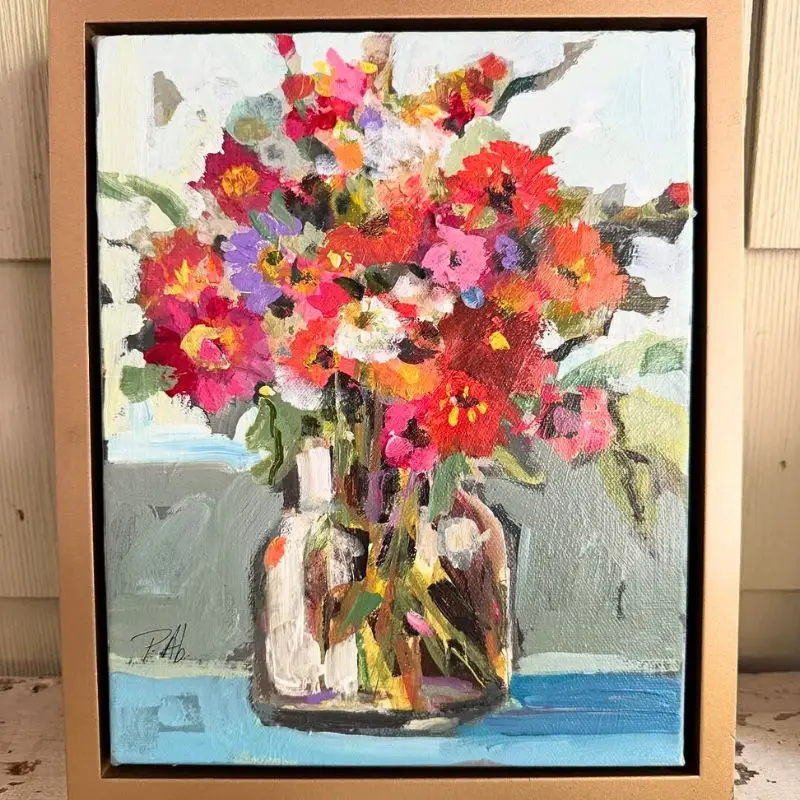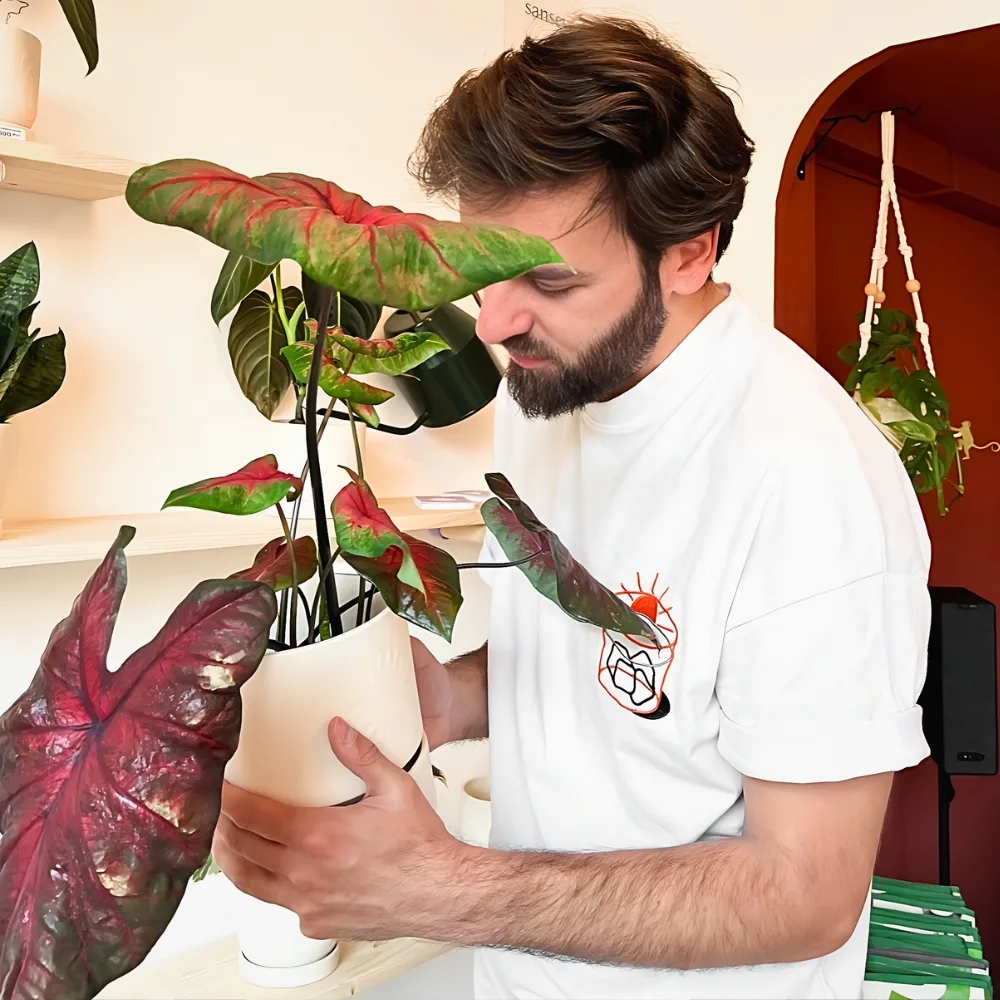Hey there plant lovers! Have you ever dreamed about growing fresh veggies, herbs, and flowers right in your own home all year round? Well, it's totally possible with the power of the sun!
In this guide, we'll explore how leveraging solar energy allows you to create the perfect indoor conditions for plants to thrive. From full spectrum grow lights to automated timers, we'll cover all the tech and tips you need to become a master indoor gardener.
Let's shed some light on the boundless benefits of combining plants and solar power!
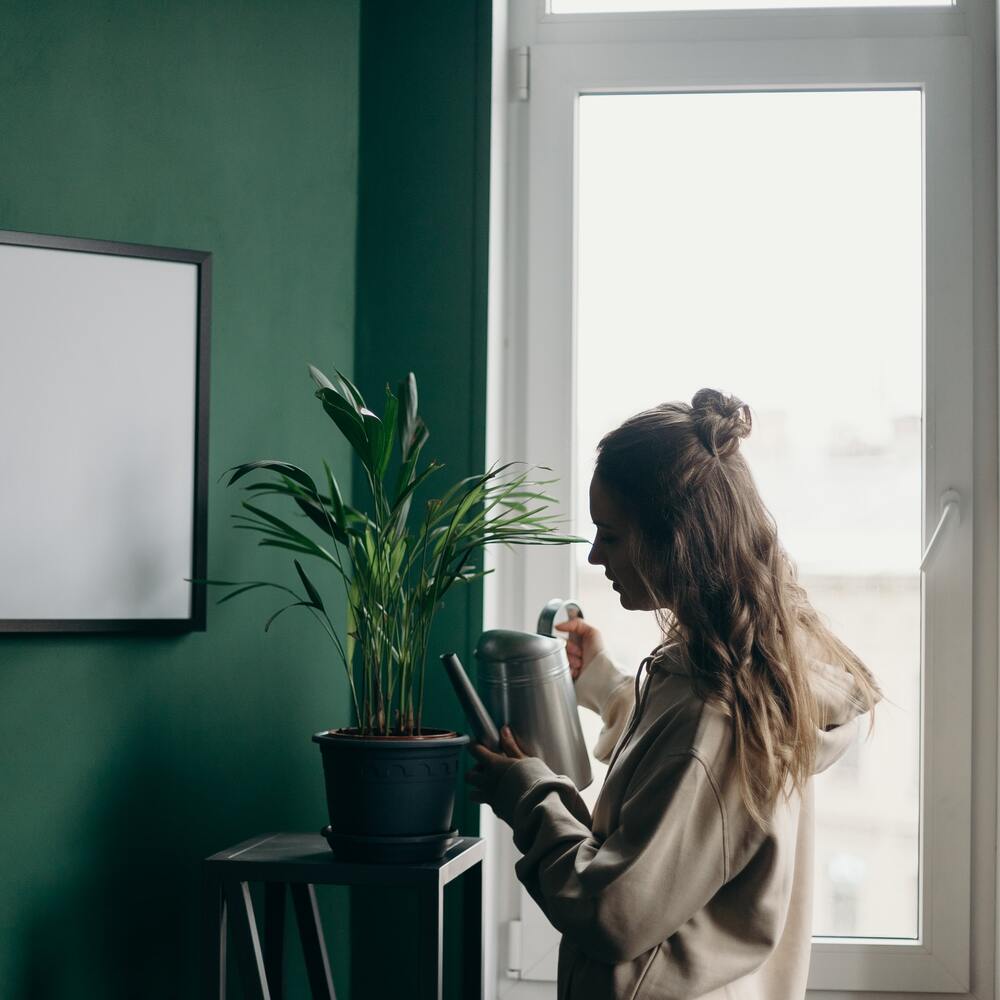
Benefits of Solar Power for Indoor Plants
Transitioning your indoor garden to run on solar energy has some major upsides. Let's start with the most obvious perk - efficiency.
Increased yields and faster growth
With full spectrum LED grow lights powered by the sun, your plants can carry out photosynthesis at maximum levels year-round, says Smart Solar Energy in Bend, OR.
Studies show indoor plants grown under optimized solar lighting can produce up to 30% higher yields for vegetables and herbs.
For leafy greens like kale or spinach, growth rates can be twice as fast versus standard grow lights. That's more salad for you! Solar energy ensures your plants have the blue and red light waves they need for compact, healthy growth.
Lower operating costs
Once you make the initial investment in solar panels and equipment, the sun provides free ongoing power. That means no expensive electric bill from running grow lights 12+ hours a day.
Solar energy can cut your lighting costs by up to 75% compared to standard indoor lighting. It's a green investment that easily pays for itself over time.
All season production
While outdoor gardens are limited by short summer growing seasons, solar-powered indoor gardens let you grow crops year-round.
With the ability to precisely control day length and schedule consistent light/dark periods, your plants can be in perpetual production mode. If you're craving homegrown tomatoes in winter, solar power makes it possible!
Water conservation
Research shows that plants grown under optimized solar lighting require less water than those in full sun outdoors.
By creating ideal moderate light levels, solar energy minimizes evaporation and water loss. You'll use up to 30% less water keeping your indoor plants consistently hydrated.
Saving water is especially beneficial if you're growing with hydroponics or aquaponics. Your fish will thank you!
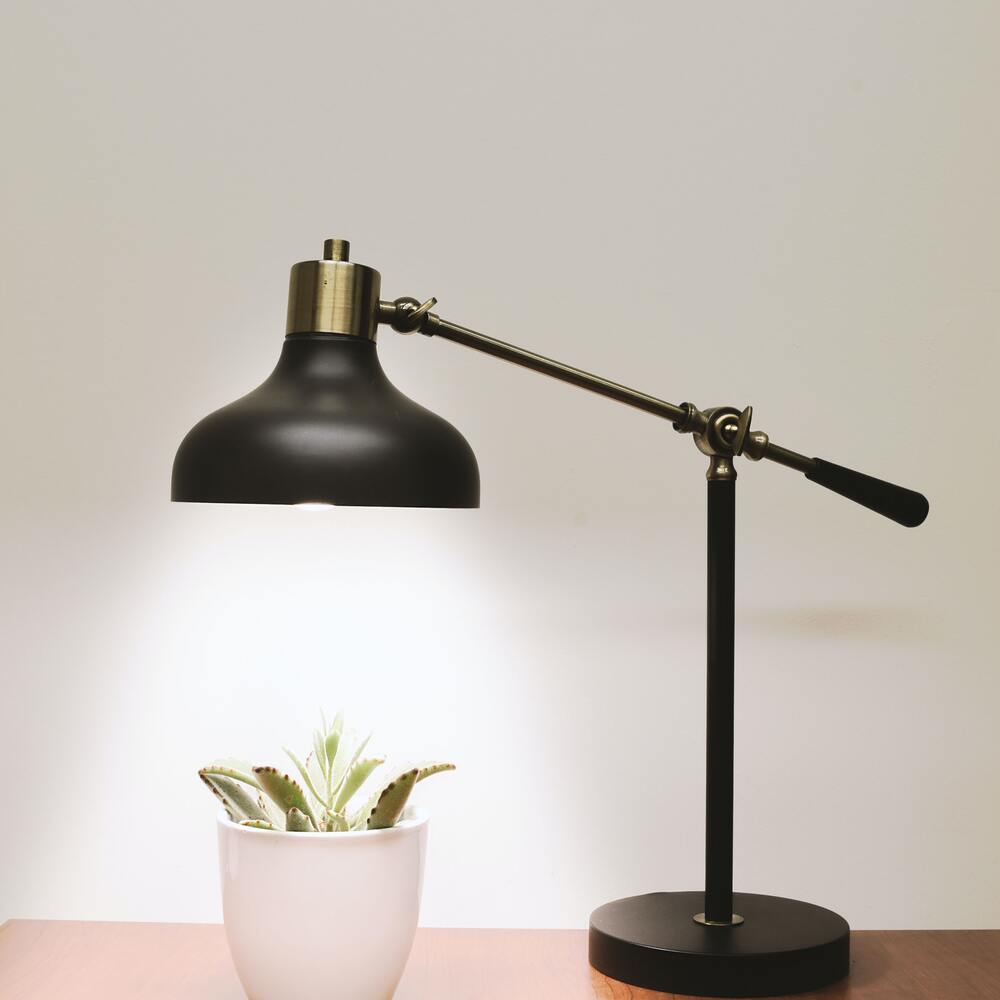
Choosing the Right Solar Lighting
To recreate natural outdoor growing conditions indoors, you need the right types of solar-powered lighting. Let's explore the main options and key factors to consider:
Full spectrum LED grow lights
LED lights designed specifically for indoor plant growth allow you to mimic the full color spectrum of sunlight. They provide the exact blue and red wavelengths that drive photosynthesis.
Look for LEDs rated at 3000K to 5000K color temperature to ensure full spectrum beneficial light rather than just bright white light. Position LEDs 6 to 24 inches above your plants to maximize light absorption without stressing them.
Adjustable intensity
The great thing about solar-powered LED systems is that light intensity is fully customizable. You can start seedlings or delicate plants at 50% intensity, then ramp it up for fruiting or flowering stages.
intensity based on factors like plant variety, growth stage, time of year, and desired harvest times. Giving each plant exactly what it needs prevents stress and bolsters yields.
Automated timers
To properly regulate circadian rhythms in your indoor garden, you need a lighting schedule with consistent periods of light and complete darkness.
Solar-powered timers allow you to program perfect day/night cycles tailored to each plant's needs. For example, fruiting plants do best with 14 to 16 hours of light per day, while leafy greens only need 12.
Mimicking outdoor photoperiods through solar-powered automation prevents early bolting or flowering and keeps plants growing steadily.
Infrared/heat lamps
Infrared and heat lamps complement LED grow lights by providing warmth along with supplemental light energy. They can speed up seed germination and benefit seedlings.
However, too much heat can stress mature plants. Carefully position heat lamps above trellised or vining plants to avoid leaf burns. Use thermometers to monitor temperatures and make adjustments.
While heat lamps paired with solar power can extend growing capacity, stick to LEDs as the primary light source for most plants.
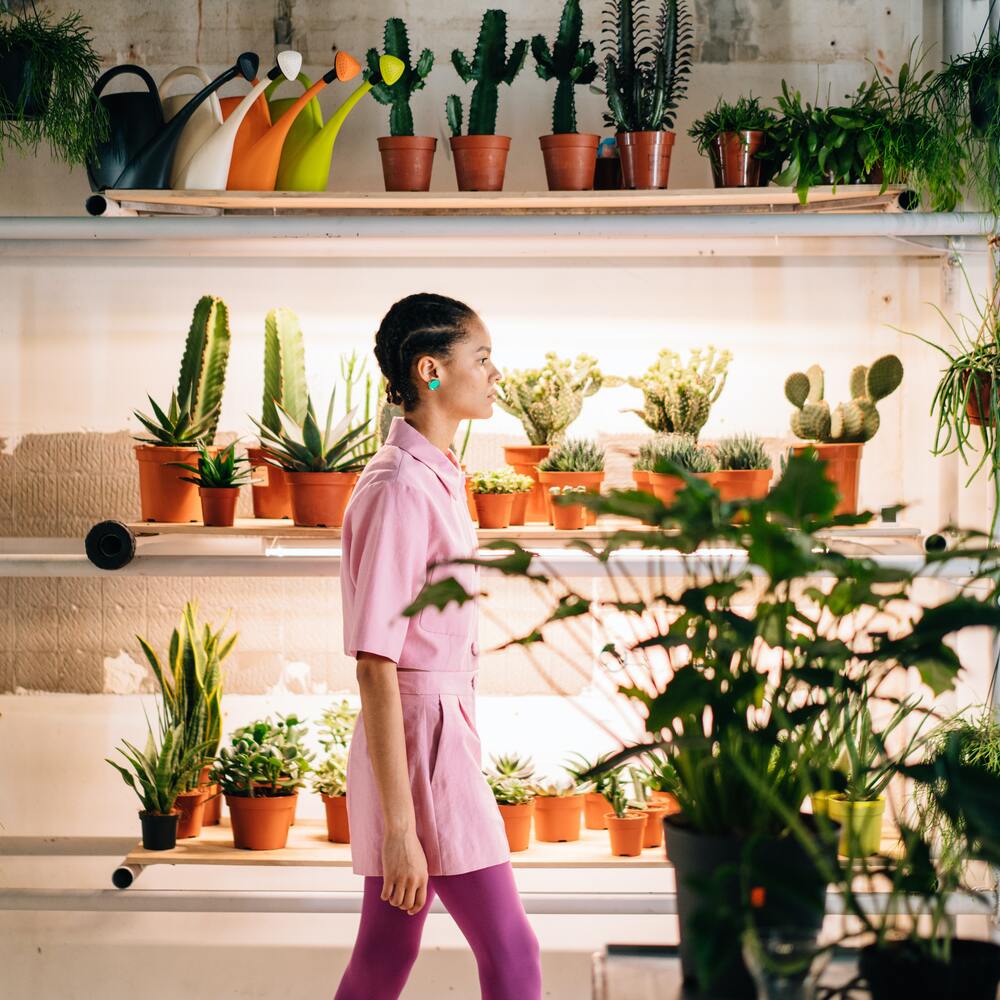
Optimizing the Indoor Growing Environment
Harnessing the power of the sun for your plants is about more than just lighting. To create ideal growing conditions, you also need to leverage solar energy to:
Temperature control
The heat generated from grow lights and lamps must be balanced by proper ventilation and air circulation. Solar-powered exhaust fans and air conditioners allow you to maintain optimal temperatures.
Aim for 70°F to 80°F during the day and around 65°F at night for most indoor plants. Monitor conditions with smart sensors and make adjustments when needed.
Air circulation
Stagnant air promotes mold, fungus gnats, and disease. Solar fans keep air moving to strengthen plant stems and prevent pests.
Use overhead circulation fans to simulate breezes and floor fans to avoid cold pockets at soil level. Proper airflow minimizes humidity right around your plants.
Humidity levels
The ideal humidity range is 60% to 70% for most indoor plants. Higher humidity benefits propagation, germination, and seedlings. Ramp down to 40% to 50% for mature flowering and fruiting plants.
Solar-powered humidifiers and dehumidifiers let you find the sweet spot for your garden's stage of growth. Maintaining optimal humidity prevents blights and maximizes yields.
Hydroponics and aquaponics
Indoor gardening systems powered by solar energy can take your yields to the next level. Hydroponics offers incredible control over nutrients and pH.
Aquaponics combines raising fish to fertilize your plants - meaning zero added nutrients needed! Leverage solar to automate pumps and filters for self-sustaining indoor ecosystems.
Best Plants for Indoor Solar Setups
While many plants can thrive under optimized indoor solar growing, some varieties are especially well-suited and will reward you with abundant harvests:
Tomatoes - With adequate light and day length regulation, you can grow tomato varieties indoors that would get leggy or diseased outdoors. Cherry tomatoes are ultra-prolific.
Peppers - From bell peppers to hot chile peppers, capsicum plants need consistent warm temperatures and 8+ hours of daily light that solar setups provide perfectly.
Lettuce and leafy greens - Kale, spinach, Swiss chard, and arugula will bolt outdoors in heat but grow lush and pester-free under solar LEDs.
Herbs - Basil, oregano, thyme, cilantro, and parsley can be harvested fresh year-round from indoor solar gardens.
Avoid finicky orchids, vegetables needing heavy pollination like squashes, or plants prone to bolting from irregular light like radishes.
Conclusion
It's a time for plant enthusiasts thanks to the wonders of energy! With technology you can become an expert at indoor gardening. By using a combination of full spectrum LED grow lights, adjustable intensity and automated control over day/night cycles, humidity and temperature your plants can thrive indoors.
The advantages are clear. You'll save money on electricity, have the ability to grow plants all year round, increase yields, conserve water and say goodbye to pest issues with setups. Let your love for plants and innovative spirit shine by creating a sun powered environment where your plants can flourish!

